Asia

Barada Panel in Great Mosque in Damascus
The panel shown here is five meters (16.7 feet) above ground level on the wall in the courtyard of the Great Mosque in Damascus. The original image is created in mosaic technique.
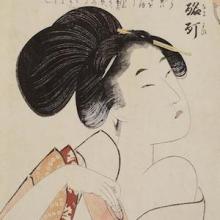
Analyzing Paintings and Prints
The modules in Methods present case studies that demonstrate how scholars interpret different kinds of historical evidence in world history.
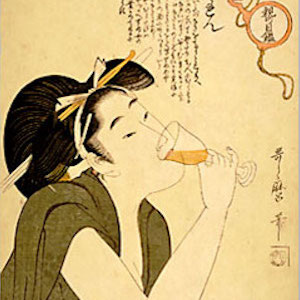
Vulgarly Called the Wanton
This print is called Vulgarly called the Wanton and was created by the artist Utamaro in 1802. It portrays a woman engaged in frivolous or indulgent behavior, providing a sense of how people understood urban Japan during the Tokugawa period.
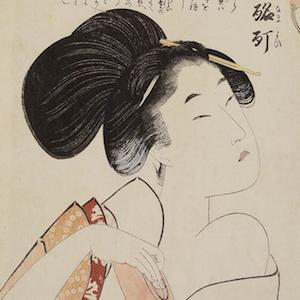
The Drunkard
This print, titled, The Drunkard, portrays a woman engaged in frivolous or indulgent behavior. It is a ukiyo-e woodblock prints from the Tokugawa or Edo period in Japan (1600 to 1867) created by the artist Utamaro in 1802.
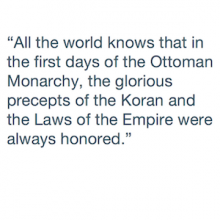
Analyzing Official Documents
The modules in Methods present case studies that demonstrate how scholars interpret different kinds of historical evidence in world history. In the video below, historian Dina Khoury analyzes two official proclamations by the government of the Ottoman Empire.

Hagia Sophia Floor Plan
This is an architectural drawing of the Hagia Sophia’s floor plan.

Hagia Sophia
This an image of the Hagia Sophia, the cathedral of the Byzantine Empire in Constantinople. It was built in the early 6th century by the Emperor Justinian and stands today, almost 1,500 years later, despite earthquakes, wars, and revolutions.

Analyzing Objects
The modules in Methods present case studies that demonstrate how scholars interpret different kinds of historical evidence in world history.
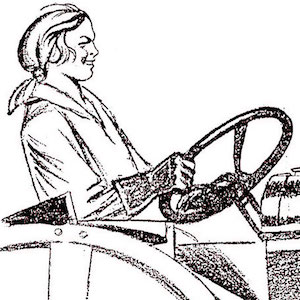
Women and Stalinism: Drawing, Old Way of Life
Articles and images published in Soviet newspapers on March 8, International Communist Woman’s Day, provide the most obvious examples of how women were used as symbols in a propaganda campaign.

Cremation Rites with the Youngest Son, Calcutta 1944
The photographs depict a Hindu cremation site, or burning ghat, in the city of Calcutta in 1944. The first photo shows the men of the family, including the deceased's sons, seated in front of the corpse, which lies shrouded and bedecked with flowers on a bier.